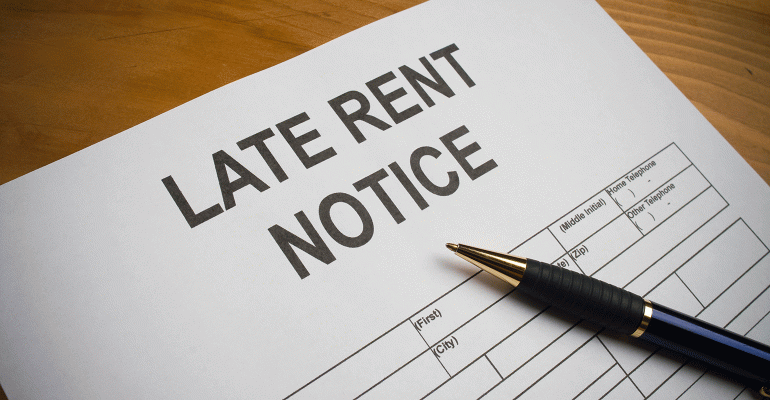Nearly 50% of small restaurant businesses were unable to pay the rent in October, a reversal of progress made throughout the previous few months.
In September, 36% of restaurants couldn’t pay their rent, while in August and July, the number was 46% and 45%, respectively. New data from Alignable shows that rent delinquency among all small businesses jumped by 7% in October, with restaurants well above the national U.S. average of 37% of small business owners who couldn’t pay. Only the automotive and education sectors fared worse than restaurants on the month.
At 49%, the restaurant sector reached a new rent delinquency high in October. Alignable attributes the trend to a drop in traffic due to inflationary pressures hitting consumers. The macroenvironment is also forcing higher rent prices for commercial properties, likely pressuring smaller businesses in favor of bigger, well-capitalized chains. Rent inflation is expected to remain high into 2023, according to research from the Federal Reserve Bank of San Francisco.
That said, the research center notes that a “burst of consumer activity” in November and December could provide a much-needed tailwind and, indeed, the holiday season tends to be busy for much of the industry as more people head out to shop and socialize. One potentially major challenge looms this year, however. The labor forecast for independent restaurants heading into the holidays shows that just 17% of small restaurant owners plan to hire in Q4, down from 56% last year. Not being able to fully staff restaurants has been an industry-wide issue for over two years and is forcing operators to trim hours or leave orders unfulfilled. A new report from Datassential found that the average restaurant is now open for 6.4 fewer hours than it was three years prior, translating to a decline of 7.5%.
Because of these lingering challenges, the September Small Business Optimism Index marked the ninth consecutive month below the 48-year average of 98. Thirty percent of small business owners maintain that inflation is the single most important challenge for them and those inflationary pressures have destabilized pandemic-related recovery after many small restaurant operators experienced a sales rebound in 2021. According to The NPD Group, the independent restaurant sector grew its footprint by 1% in 2021, for instance, while visits jumped by 12%.
Although, more small business owners expect conditions to improve throughout the next six months – up 10 points from July – most small business owners, 74%, say they are uncertain about what to expect next. If there is a cause for optimism, the Kiplinger Economic Outlook predicts inflation to drop from 8% to about 3.5% by the end of next year. Perhaps the biggest question, then, is how patient landlords are willing to be.
Contact Alicia Kelso [email protected]
Follow her on Twitter: @BGBunster

